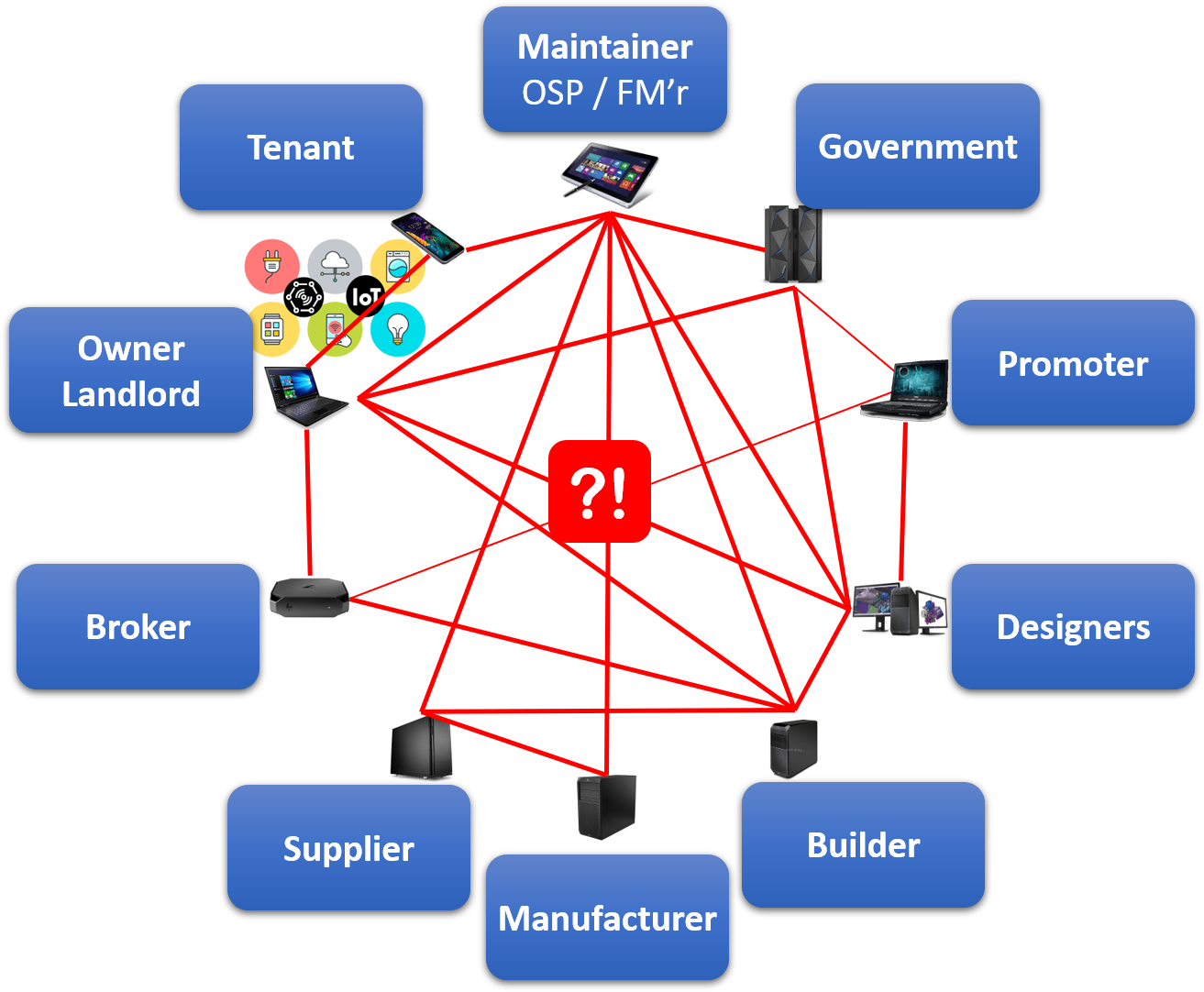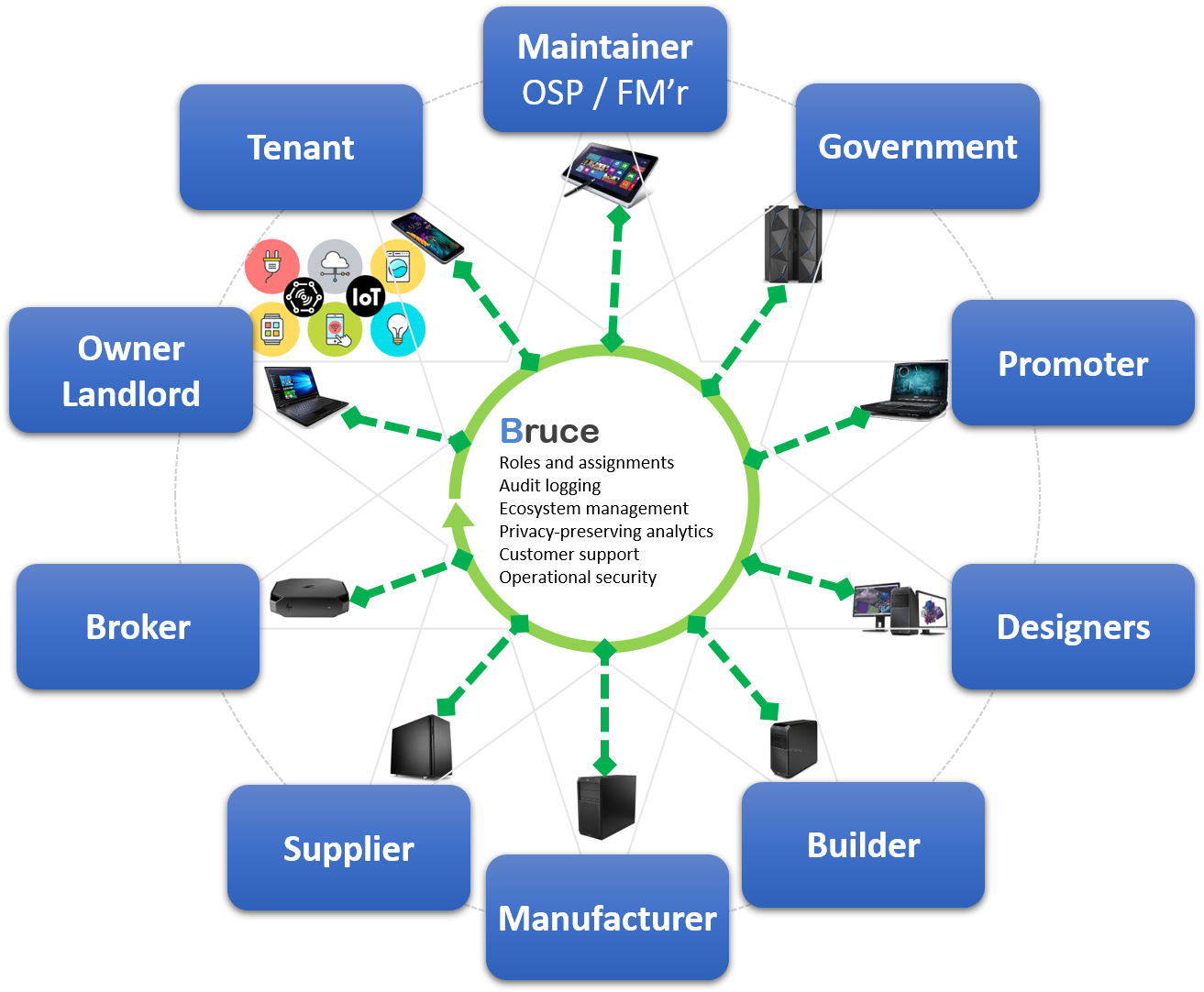Home » What is BRUCE Platform? » How BRUCE Platform works?
Key technological features
Unique Identifiers
BRUCE Platform will provide Unique Universal Identifications to every element (Member, Assets, Location, Contract, Transaction…)
Just essential data is exchanged
The information will be handled by simple basic fields for every element.
For additional information: standardized Metadata will be exchanged by using mapped standardized XML Templates for every type of element.
Decentralized data
BRUCE Platform central systems will not keep information about elements, BRUCE is just connecting systems and making them homogeneous: Data is just exchanged or transferred between systems.
All the systems related by a Contract will keep information synchronized.
Necessary data will be saved (preserved) by every local System or Database of every Member involved in the transaction.
What information is handled by BRUCE Platform?
Members
BRUCE Members are everyone who uses BRUCE Platform. Members are handled at the level of the organization.
Engineers, builders, designers, maintenance, facility managers, government officers, landlords, tenants, etc.
Smart Contracts
BRUCE Contracts (Smart Contracts) define connections between BRUCE Members and the synchronization of data. In other words, what kind of information is exchanged and between whom.
BRUCE Contracts enable continuous automatic information exchange without human intervention. The transactions are secure, traceable and immutable.
Transactions
Handling different types of transactions is the core functionality of BRUCE Platform. Transactions can only happen based on existing Smart Contracts.
See the types of transactions for BRUCE Members.
Transactions will define the Essential Dataset to be Exchanged in BRUCE Platform. They also permit to embed documents (XML or JSON) based on data templates approved by BRUCE Platform to map with industry standards.
Assets
- Properties (Buildings and Facilities)
- Objects (Furniture and Equipment)
BRUCE Platform will define and force to use a Common Standard for assets and e-information exchange about the assets by:
1) Mandatory use of Basic Dataset for Assets Information Exchange
2) Allowing to embed documents in the transaction. The documents must be JSON or XML filetypes and they must use templates provided by BRUCE as standards. The embedded documents or sub Datasets will permit to exchange and map information using industry standards like COBIE, IFC, Uniclass, ISO, etc.
Assets must be linked to a Location to permit positioning and offering services.
Locations
Locations are defined by: longitude, latitude, building, floor, room. Auto-positioning by 5G.
Want to find out more? Request a Demo.
Find out how BRUCE Platform works for you





